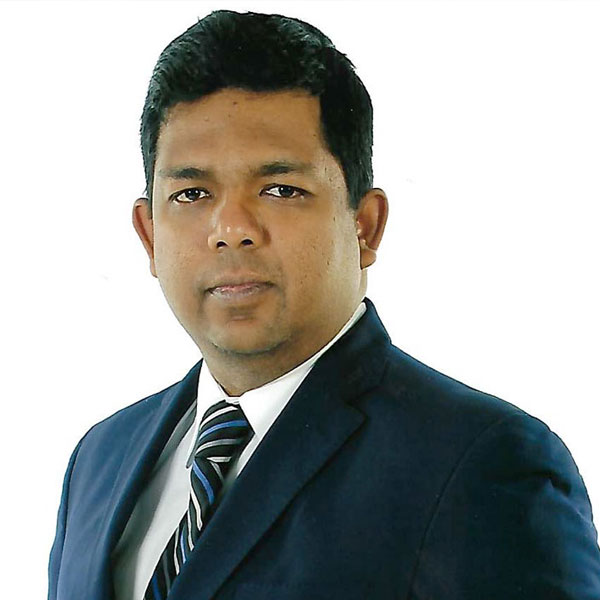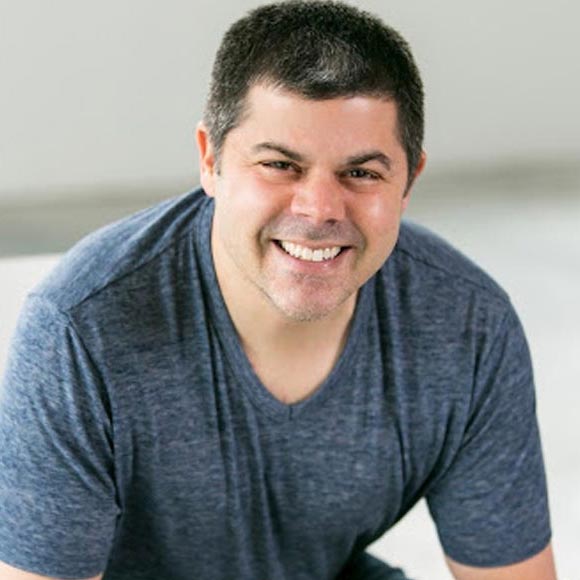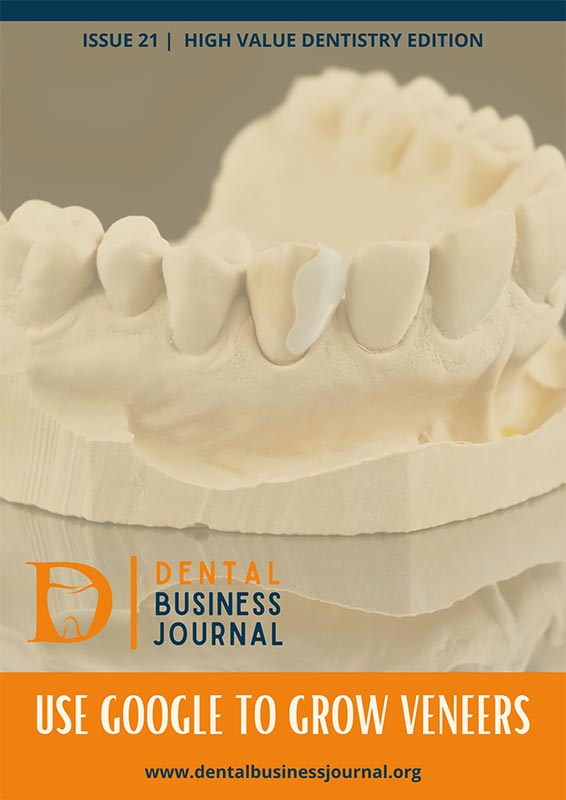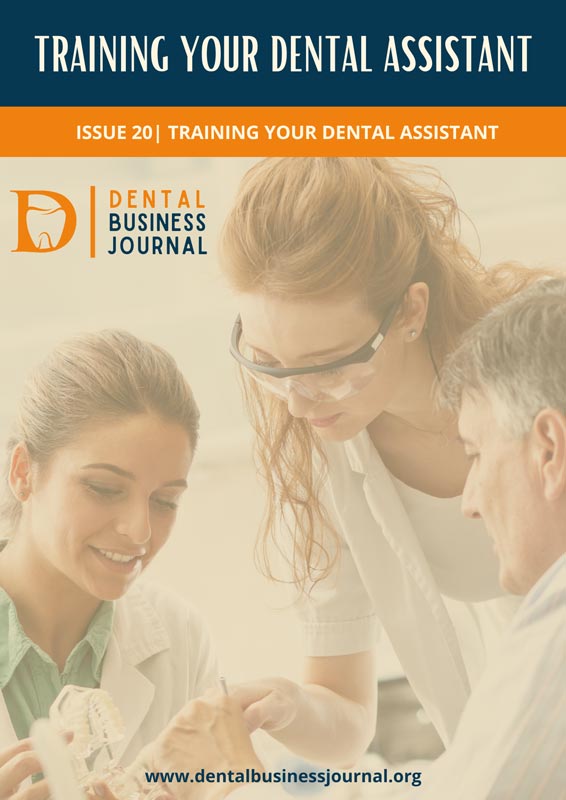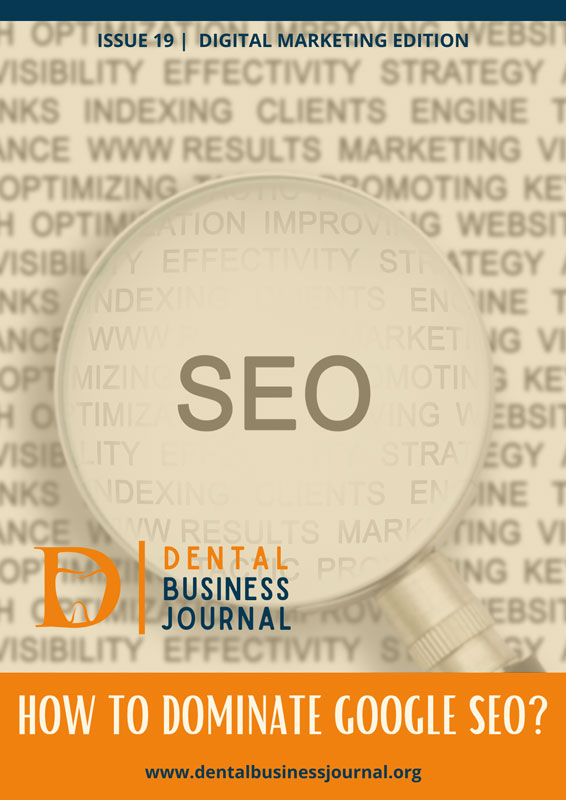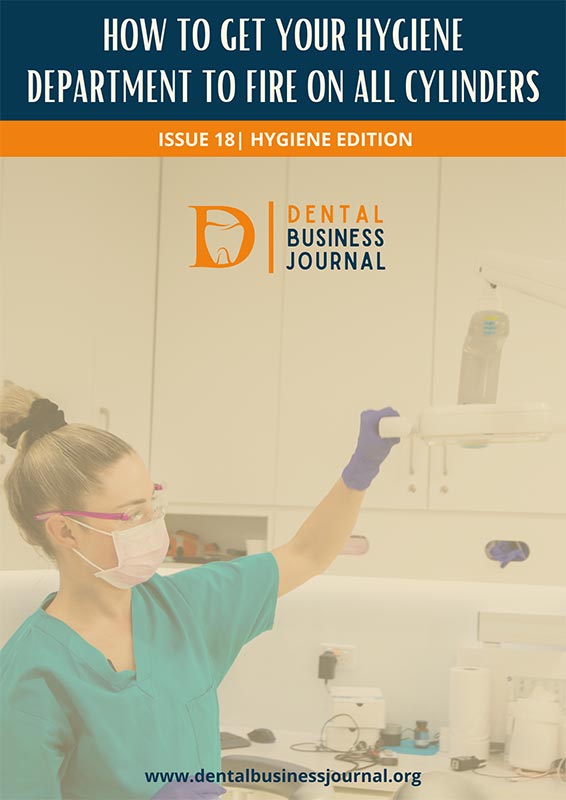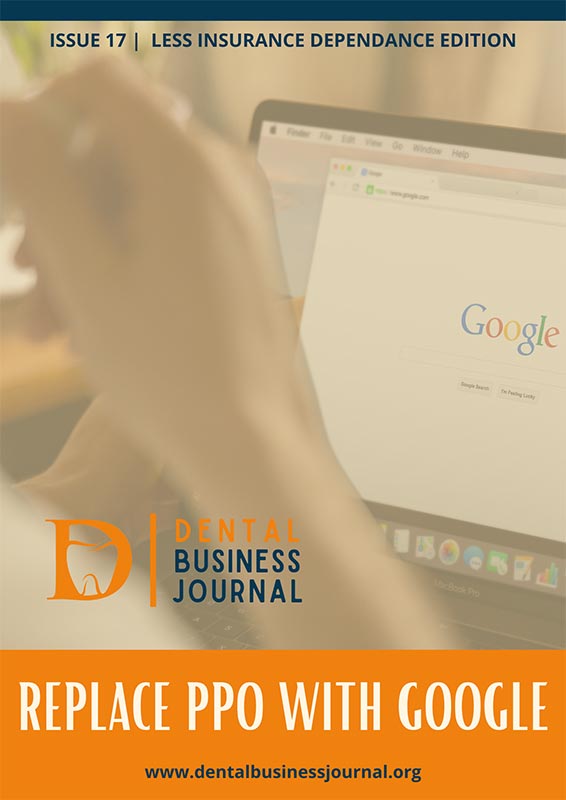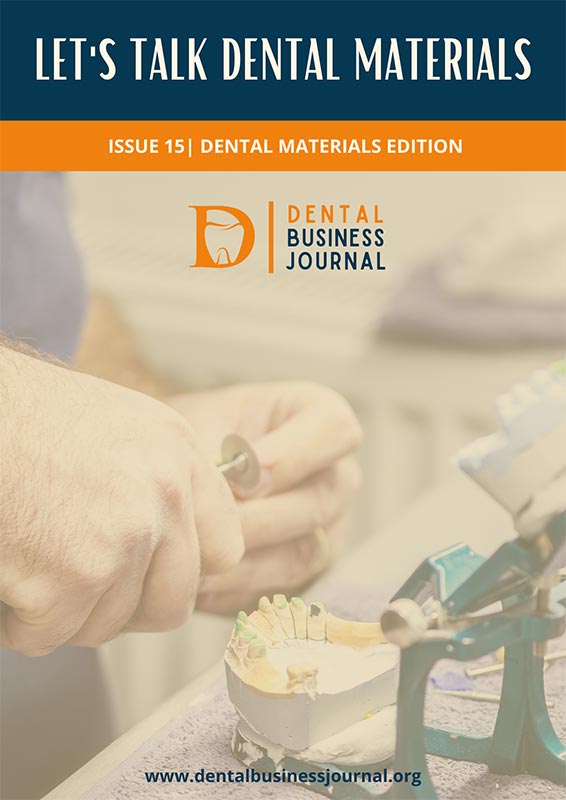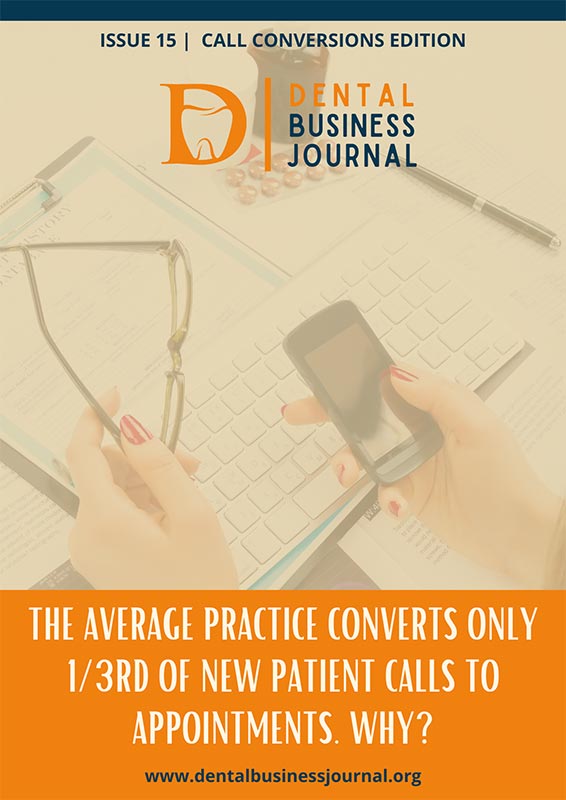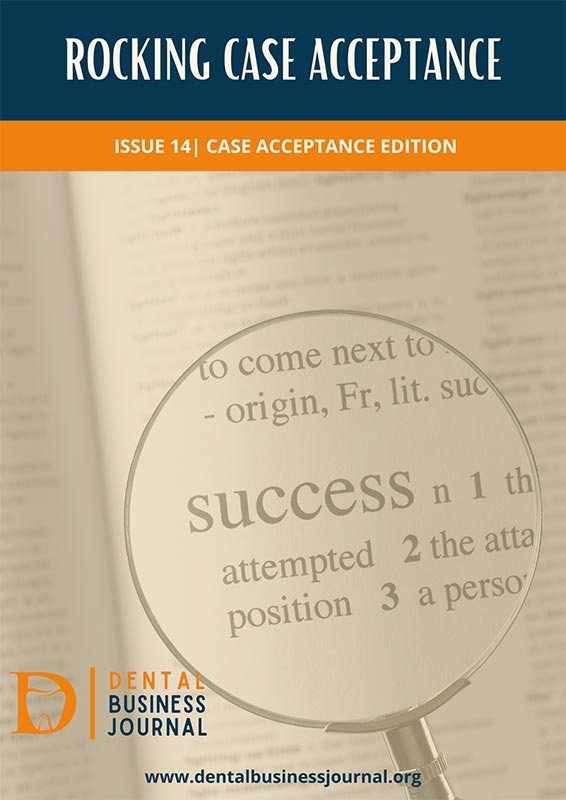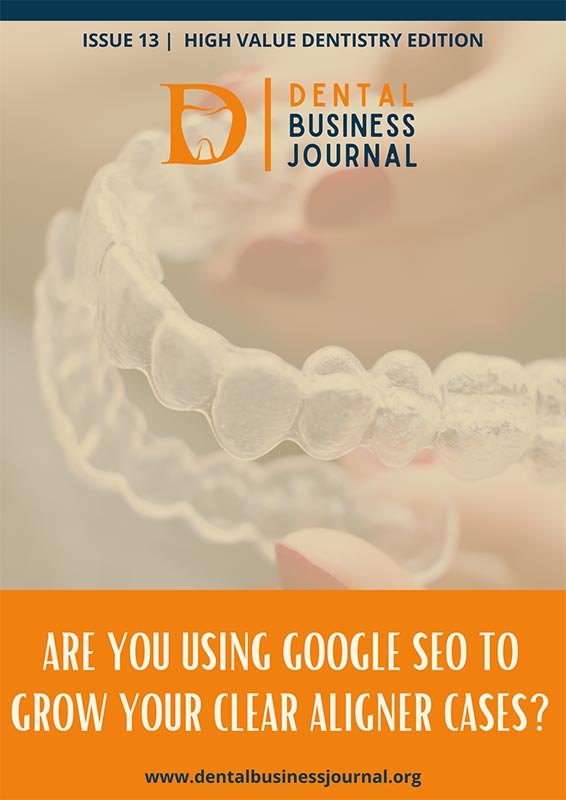How to Optimize Your Hygiene Schedule?
There’s high demand for dental hygienists, and managing their schedules is critical. KPIs are a proven method to keep track of various aspects of hygiene, such as the progress made during a patient visit. So let’s dive in and understand how to optimize a patient’s visit to the hygienist and leverage this period to improve treatment acceptance!
What is the current state of hygiene?
These are unprecedented times when patients have started returning to dental practices after years of no-shows due to COVID. They are ready and available to do treatments as they now work with either a hybrid schedule or fully remote. Their schedules have become much more flexible. As a result, there is a high demand and shortage of hygienists. Most practices are stressed by having scores of patients with hygiene appointments but need a solid team of hygienists to go through treatments. Some dentists are made to do the hygiene treatments themselves or outsource to temporary hygienists. Generally, in dentistry, the demand for hygienists has increased significantly.
What are some critical hygiene KPIs that practice owners should focus on?
A key performance indicator (KPI) is a trackable value that shows how effectively a practice achieves its key business objectives.
In a dental practice, measuring hygienist data such as treatment plan acceptance rate, hygiene reappointment rate, periodontal diagnosis, and auxiliary procedures is essential.
KPIs are an excellent method to measure and analyze how the practice is doing.
Why are these metrics important to track?
The data doesn’t lie. Suppose you don’t have a statistical idea about the status of your practice. In that case, you’re only assuming, and you won’t have a clear idea about the things you do right or the things you do wrong. The data tells a story. For instance, you can measure how each hygienist performs, if they are getting a solid reappointment rate and whether patients are willing to rebook. It’s not a competition. You can use this data to help a team member do better and learn best practices. KPIs are a great way to determine areas where a hygienist could improve.
How can a practice owner maximize a typical 1-hour long hygiene visit?
Same-day dentistry is one of the essential things in my practice. That 1 hour with a patient is so precious. You can use this time to educate the patient about the procedure: the dos, don’ts, benefits, and risks. If there is any overdue treatment, you can reinforce that treatment to that patient. If you have time, try to see the patients who want to be seen—fit them into your schedule.
You can get many things done besides a typical procedure in the hygiene room, such as scanning or taking impressions for clear aligners or bleaching or night guards, educating patients on periodontal disease, and taking photos. These things go beyond a typical hygiene visit but can all be achieved within that 1 hour.
What are some techniques that we can use to improve patient treatment acceptance?
Taking good photos and having an excellent intra-oral camera are highly recommended to improve treatment acceptance. For example, when you show a cracked tooth to a patient and magnify it by ten times the size of the actual tooth, patients will say, “wow! when can I get my treatment done?” They become eager to start when they see that crack/filling/recession closeup.
If pictures are worth a thousand words, then videos are worth ten thousand words. Show procedures to patients through videos, and their anxiety will lessen. They will have a clearer idea of what they will go through. A drawback of not using such simple educational methods is when hygienists get tired after explaining so much by the end of the day. Playing videos are much more effective on a visual level and also keeps your hygienists from feeling burnt out.
Roleplaying is essential as well. Patients could be given a chance to review with a hygienist about difficult conversations: whether insurance or treatment or knowing your fees. You can inform the patients about the fees for each treatment or procedure and the time required. This way, patients will have lesser doubts and feel safe enough to say yes to procedures.
Do you want to listen to the official podcast episode of this journal?
Watch the full interview on YouTube!
Subscribe and get notified of more episodes like this!
